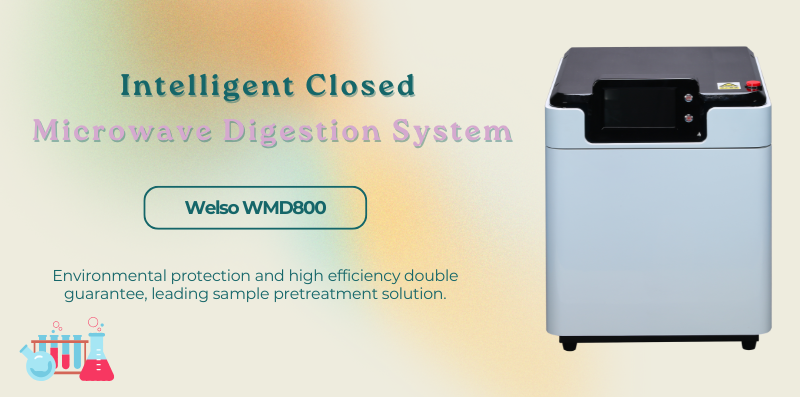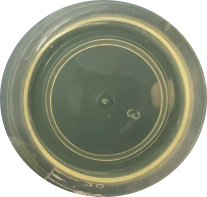Soybean oil is one of the most commonly used food oils, rich in a variety of valuable nutrients. With the development of modern industrialization, some pollution will occur such as soybean in the growth process may absorb lead, cadmium, mercury, arsenic and other harmful heavy metal elements, causing potential harm to human health.

In order to detect the metal elements in soybean oil, we need to pretreat soybean samples, and microwave digestion is a good choice. We provides a pretreatment digestion scheme for soybean oil samples, which has the advantages of simple operation, low reagent consumption, environmental protection and pollution-free, high recovery rate, and provides a reliable pretreatment method for the detection of heavy metal content in soybean oil.
Experiment preparation
Sample : soybean oil
Digestion reagent: 12 mL nitric acid (AR)
Instruments : WMD800 closed microwave digestion system, analytical balance, 10 mL pipette.

Procedure
(1) Weigh 1.0901 g of sample (accurate to 0.1mg), place it in the microwave digestion inner vessel, add 10mL of nitric acid, and pre-digest at 100°C for 30 minutes.
(2) After the pre-digestion, 2 mL of nitric acid was added.
(3) Seal the vessel and mix well, and load it into the microwave digestion system, and run microwave digestion according to the digestion procedure in the table below.
| Pressure(Bar) | Temperature(℃) | Power(W) | Increasing Temp Time(S) | Constant Temp Time(S) |
| 10 | 120 | 1000 | 300 | 60 |
| 20 | 150 | 1000 | 180 | 60 |
| 35 | 180 | 1000 | 180 | 800 |

Soy beaan after digestion
It shows that the soybean oil sample can be completely digested by using nitric acid as a single digestion reagent in the digestion process, and there is no acid gas volatilization in the whole process, which not only avoids the corrosion of the equipment, but also ensures the integrity and no loss of the sample. This method is environmentally friendly and easy to operate, and provides a reliable reference scheme for the pretreatment of soybean oil samples.
Microwave digestion technology can not only significantly improve the accuracy of test results, but also effectively reduce the negative impact on the environment, further supporting food safety supervision. To improve health and environmental awareness, the adoption of this green digestion technology will become a key way to optimize food safety testing standards and improve testing efficiency and reliability. By reducing the use of reagents and the generation of waste, the technology demonstrates its important role in sustainable development, providing a more environmentally friendly and efficient solution to ensure food health.

Follow official account